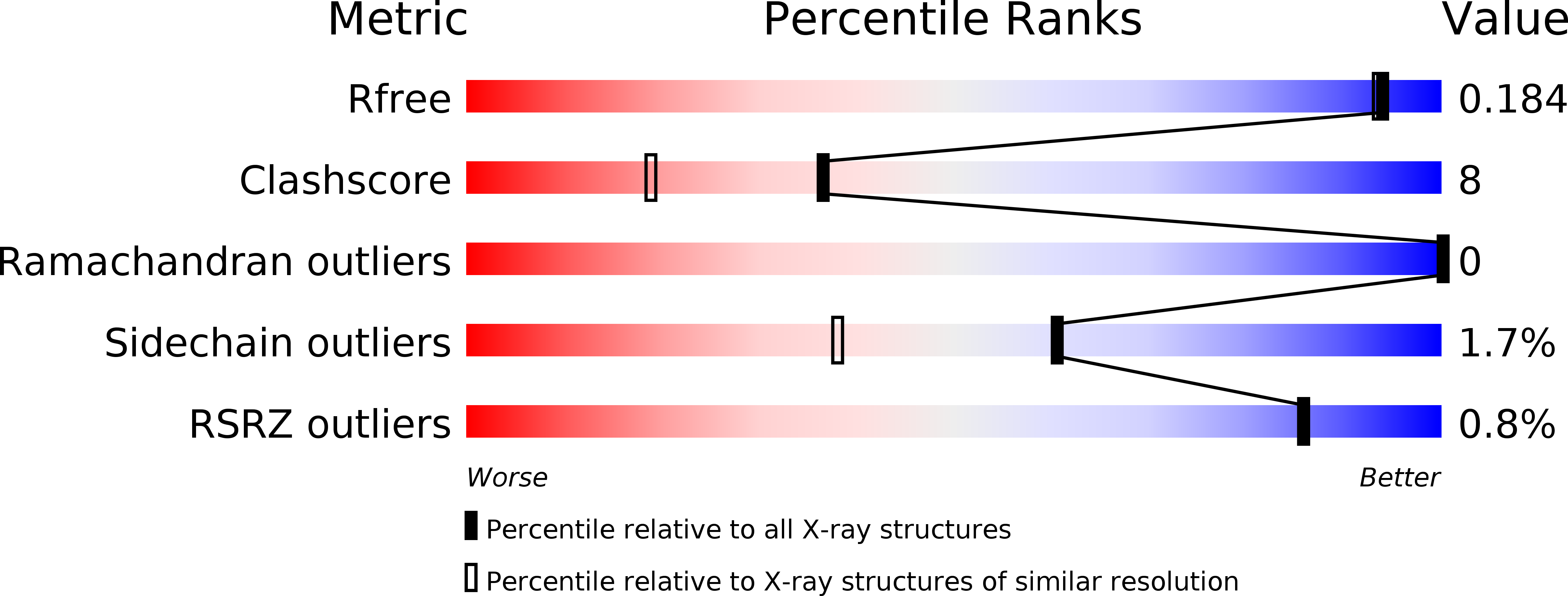
Deposition Date
2008-09-01
Release Date
2008-11-04
Last Version Date
2023-12-13
Entry Detail
Biological Source:
Source Organism:
ACHROMOBACTER CYCLOCLASTES (Taxon ID: 223)
Host Organism:
Method Details:
Experimental Method:
Resolution:
1.60 Å
R-Value Free:
0.18
R-Value Work:
0.13
R-Value Observed:
0.13
Space Group:
P 1 21 1


